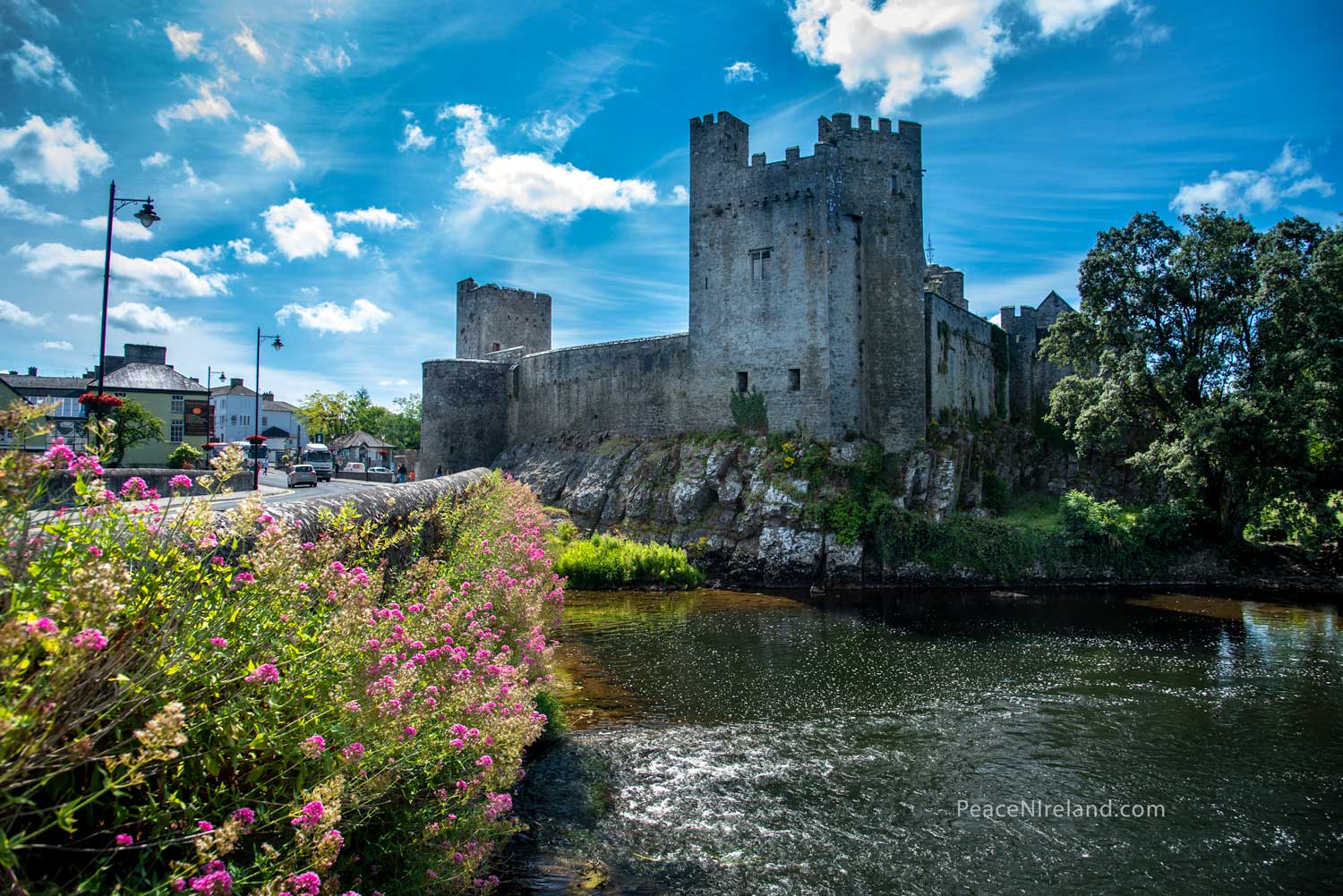St Brigid’s, Ballinasloe
St Brigid's, Ballinasloe
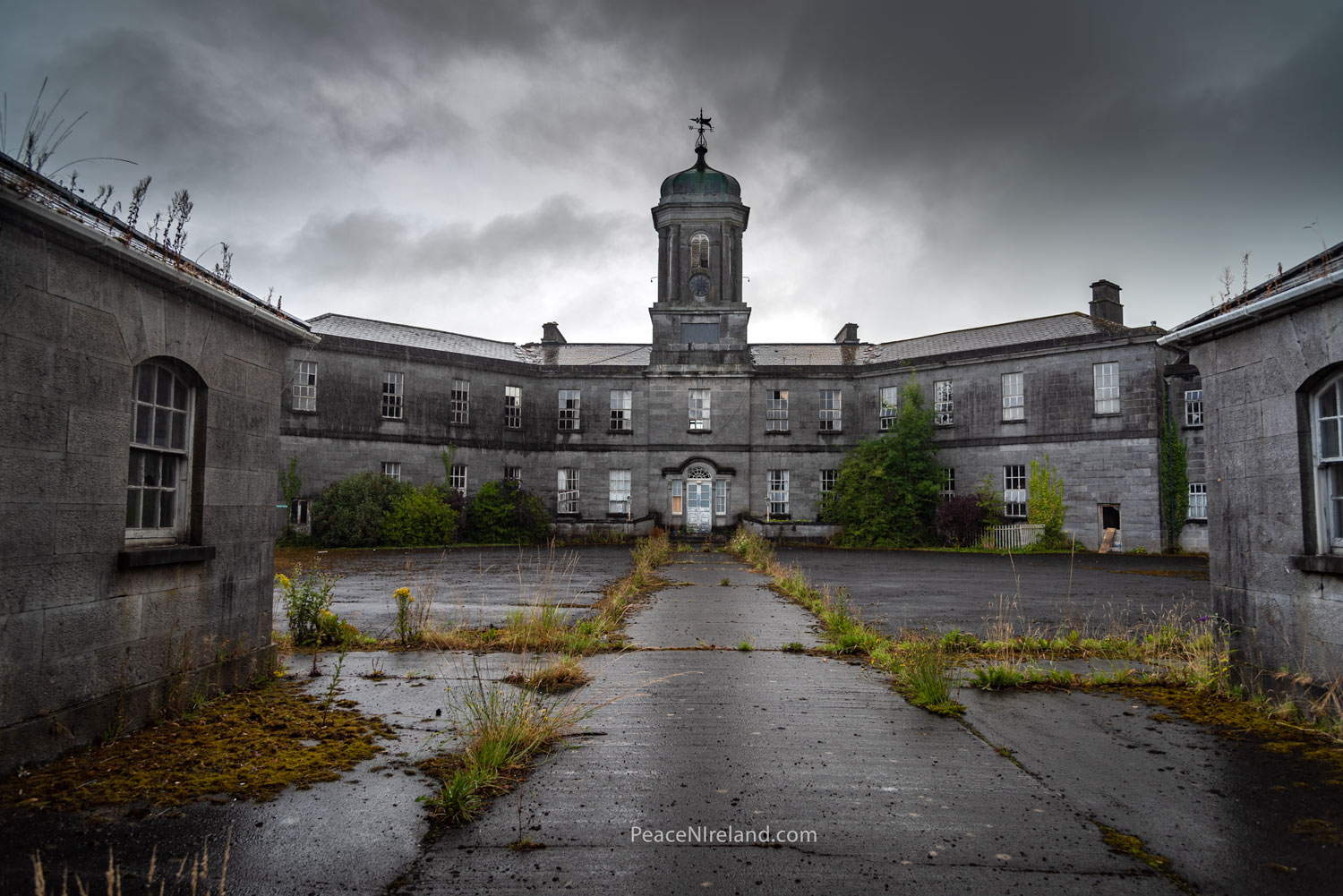
The former St Brigid's Hospital and Asylum, Ballinasloe, County Galway
Photo and article by John Callister



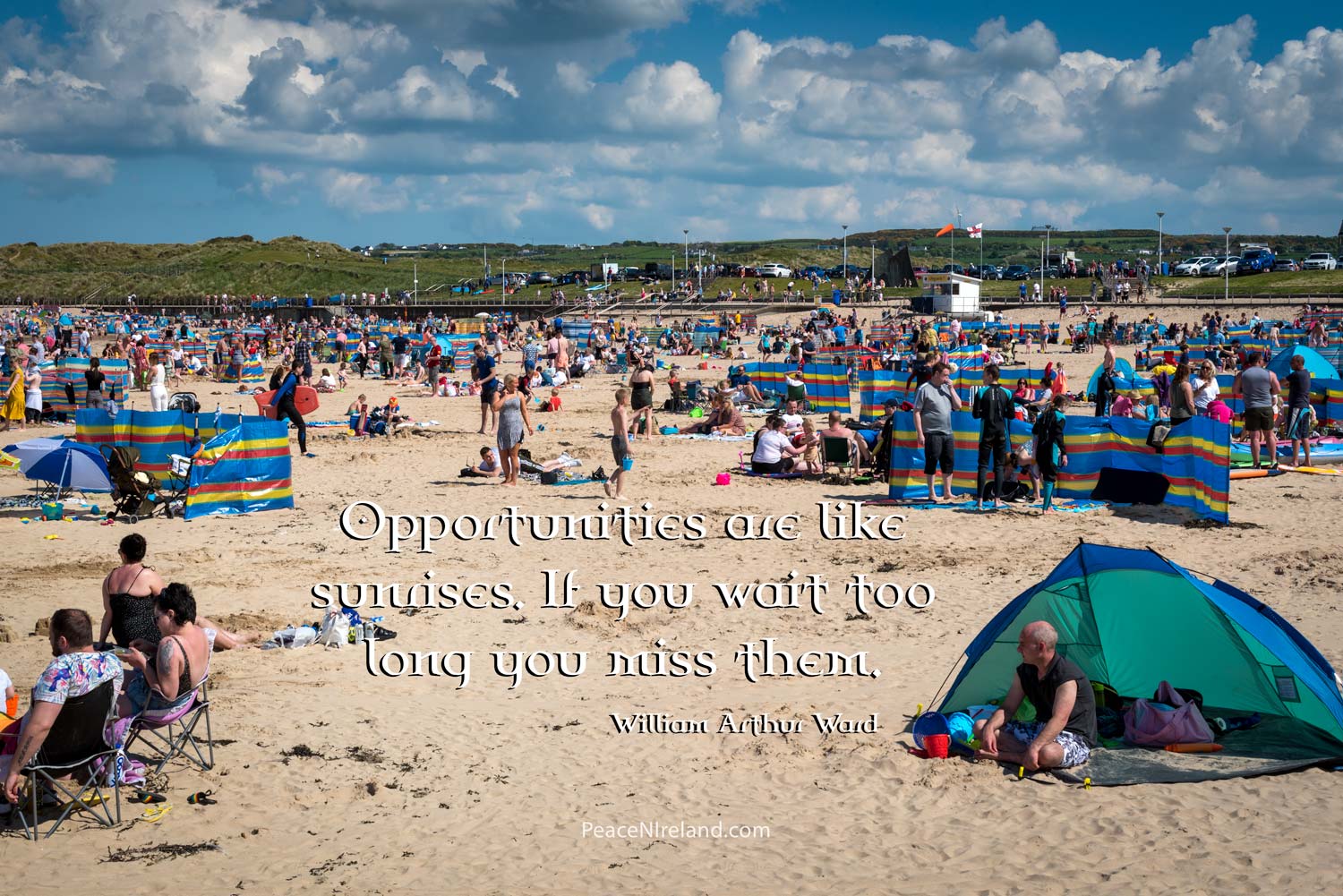
In Northern Ireland, a spell of good weather often brings people flocking to the north coast. Portrush and nearby Portstewart are favourites since both have excellent beaches, as well as good shops and eating places, etc. People tend to have the attitude, ‘good weather may not last, so let’s make the most of it.’ There’s plenty of choice and places of interest on this northern stretch of coastline including Ballycastle, Kinbane Castle, Carrick-a-Rede with its famous rope bridge, Ballintoy, Dunseverick, The Giant’s Causeway, Portballintrae, White Park Bay, and then the popular towns of Portrush and Portstewart.
With the Covid travel restrictions, the word ‘staycation’ has become a buzzword as we’ve had to face the uncertainty of being able to travel abroad without quite a bit of hassle. Instead, many have made the most of holiday destinations closer to home – places like the north coast. Fortunately, in Northern Ireland we have plenty of suitable places to enjoy a break. It’s even better when we get those temperatures that we’ve been enjoying this year.
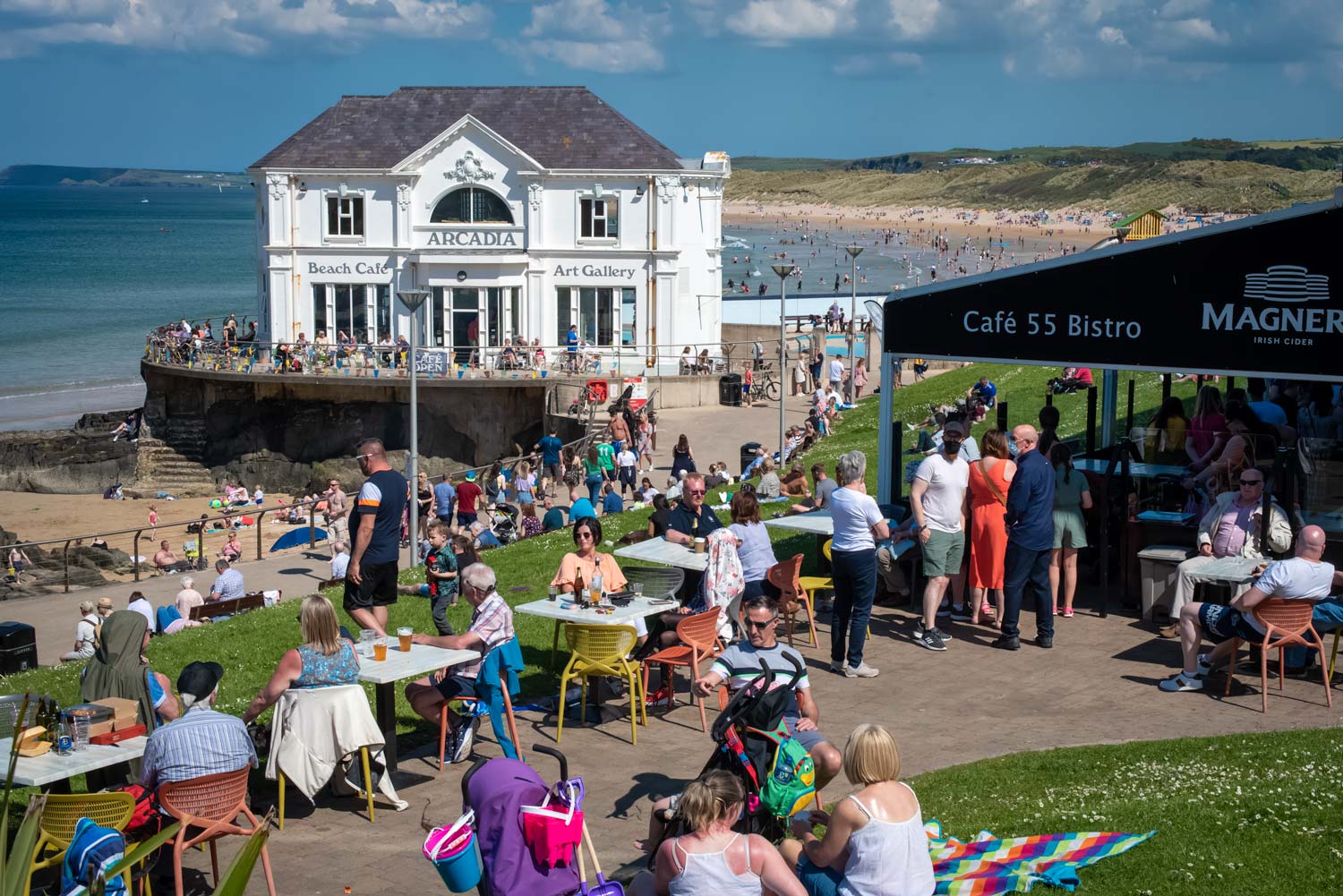
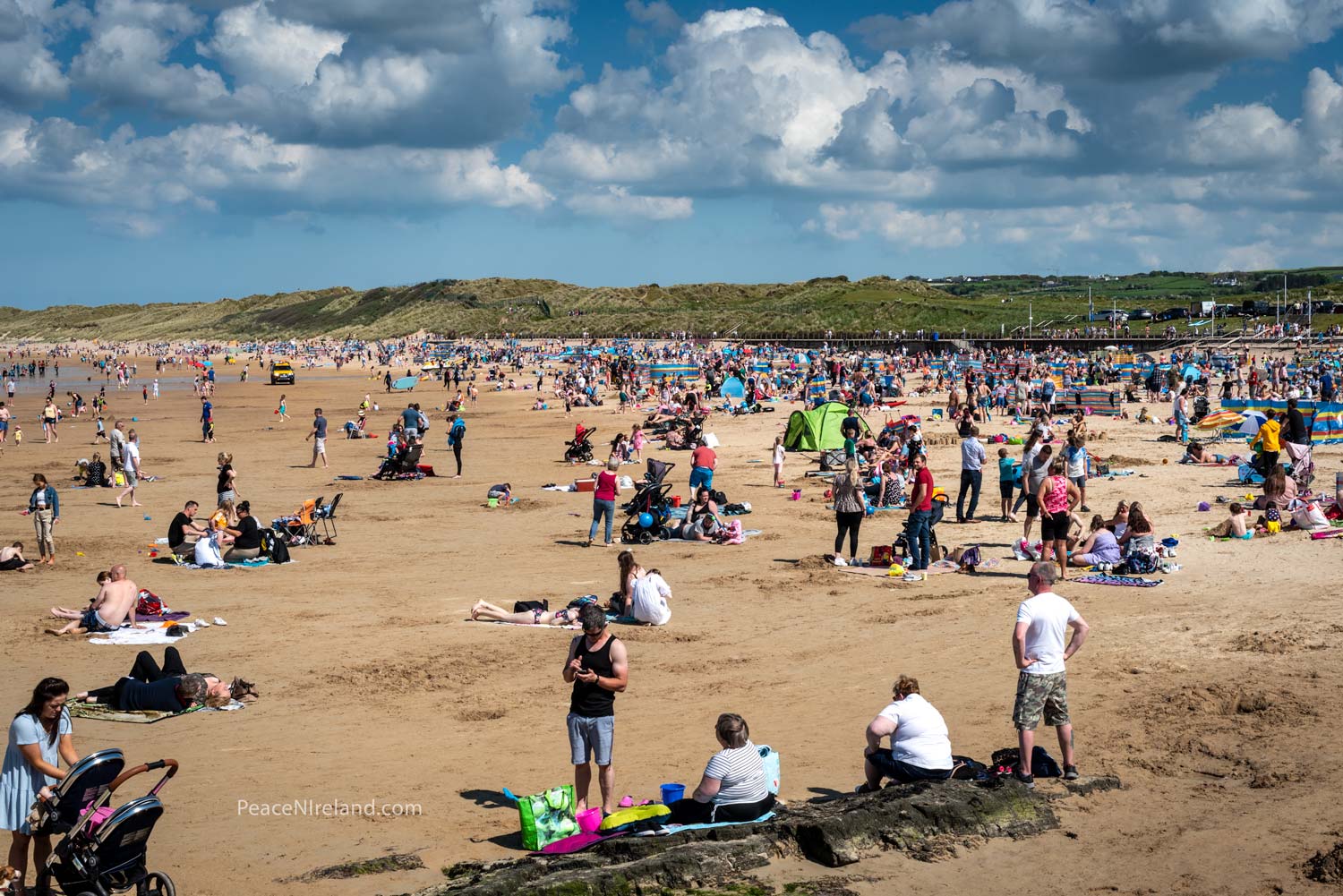

On this day (12th July) each year in Northern Ireland, the outcome of the Battle of the Boyne, fought in 1690, is celebrated by the Protestant fraternal order, The Loyal Orange Institution – commonly known as The Orange Order. Formed in County Armagh in 1795, its members, known as Orangemen, march annually on this public holiday throughout every county in Northern Ireland. Smaller celebrations are also held in other parts of the world where Orange lodges have been set up.
The sculpture in the photo above is of King William of Orange, against the backdrop of Carrickfergus Castle in County Antrim where he was hosted before travelling south to the battle at the River Boyne near Drogheda in 1690. Two years earlier, William, a Protestant, had deposed his Catholic uncle, James II, to take the throne of England, Scotland and Ireland. William’s victory at the Battle of the Boyne put an end to James’s attempt to regain the British crown and instead helped to ensure a Protestant line of succession to the throne.


